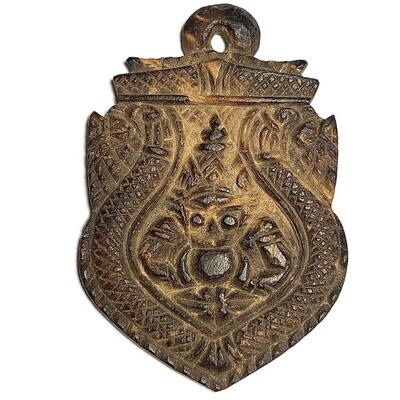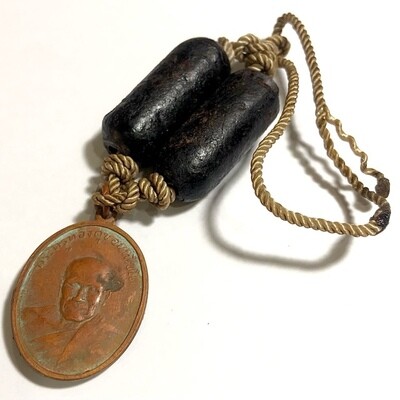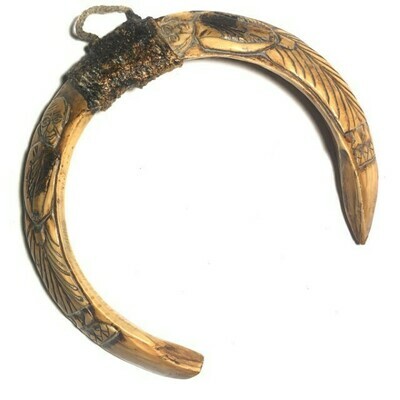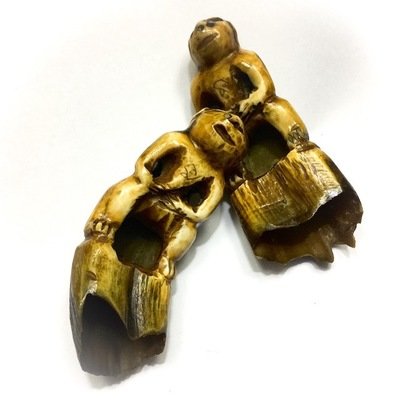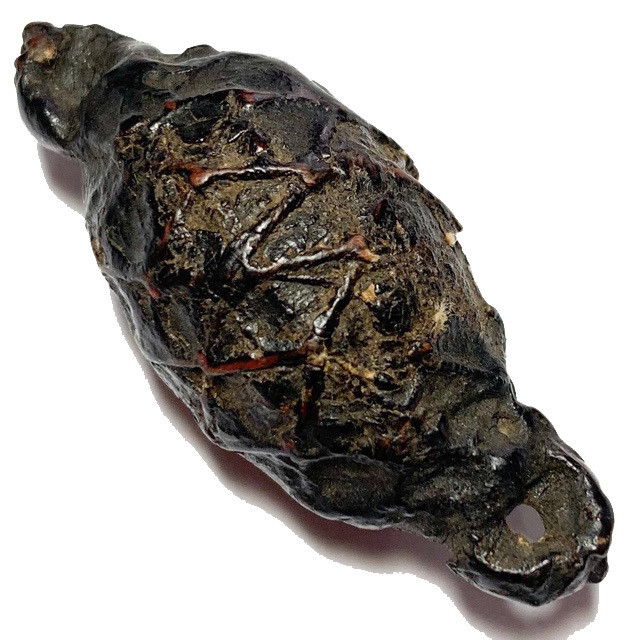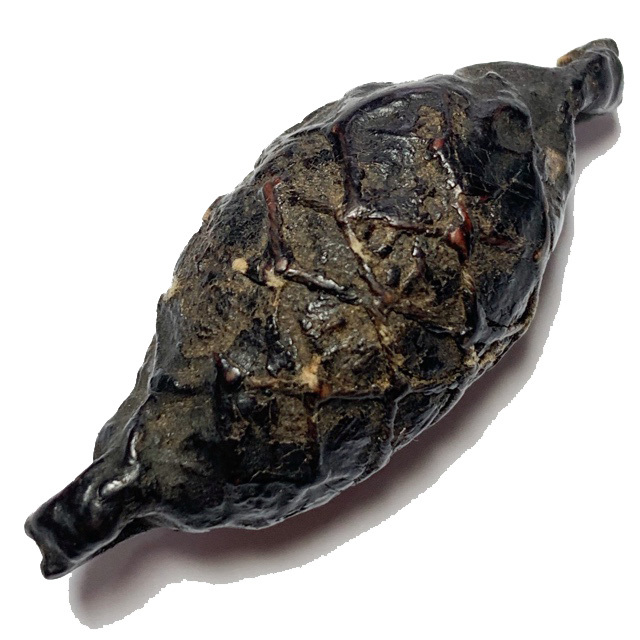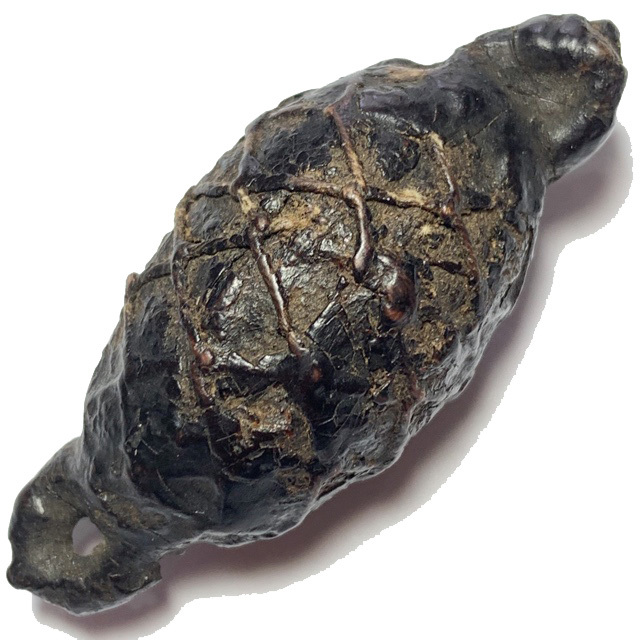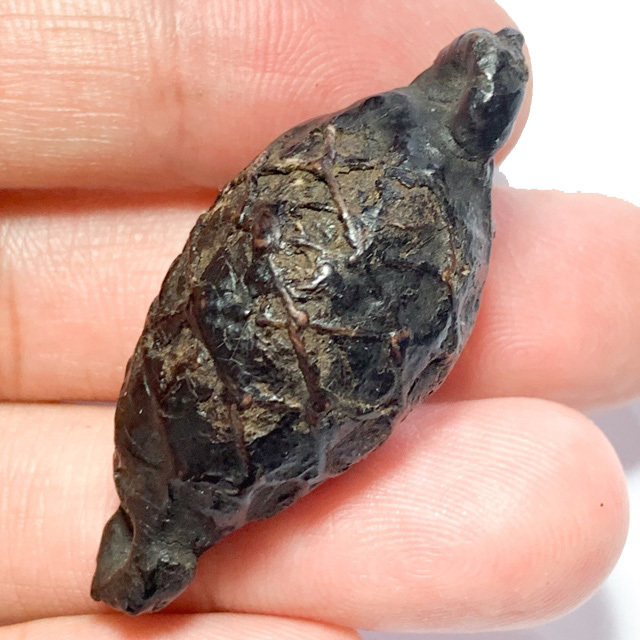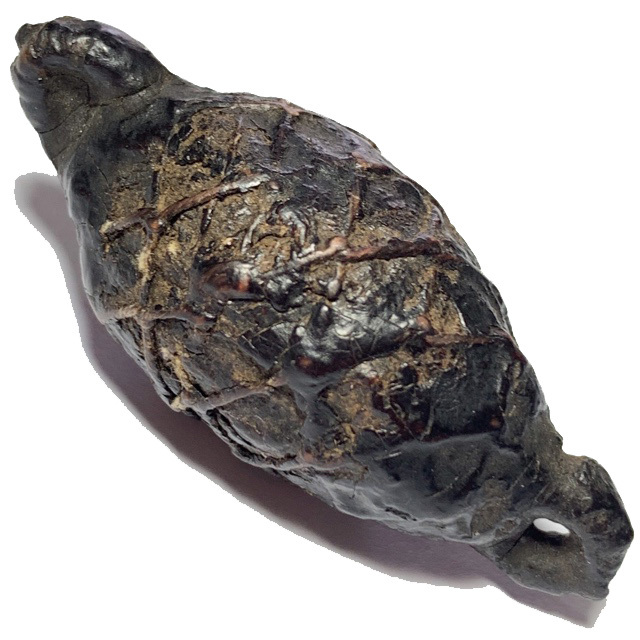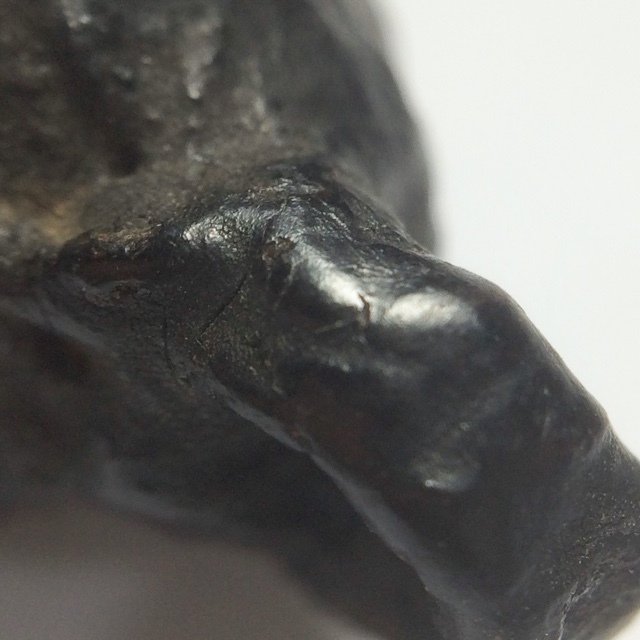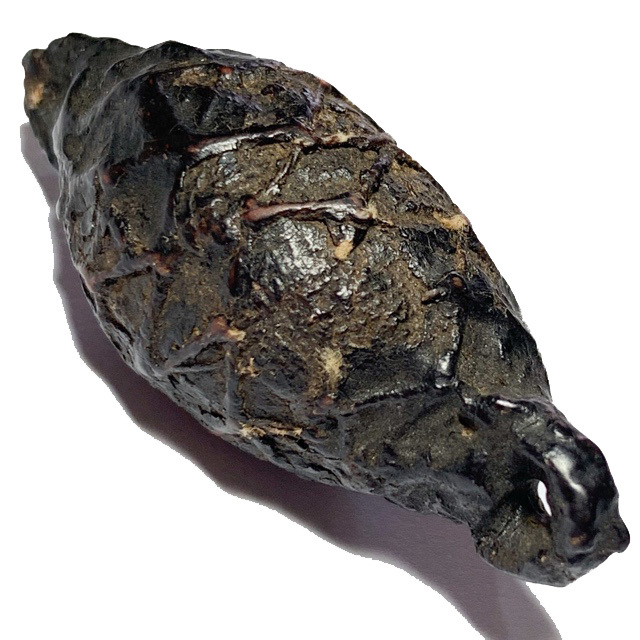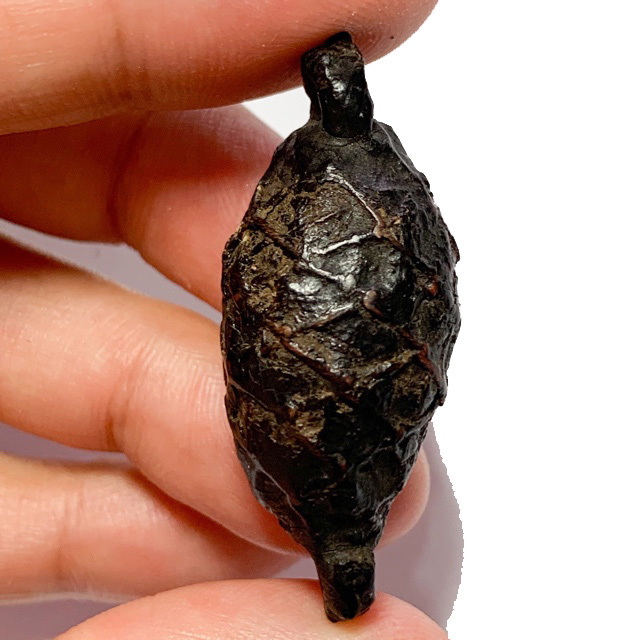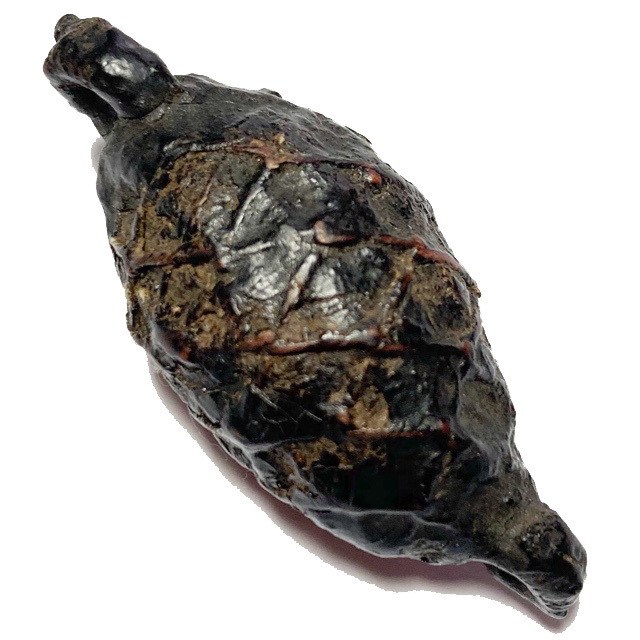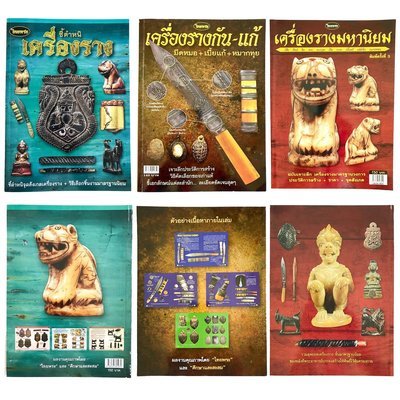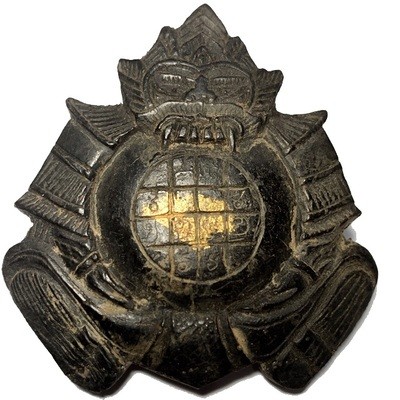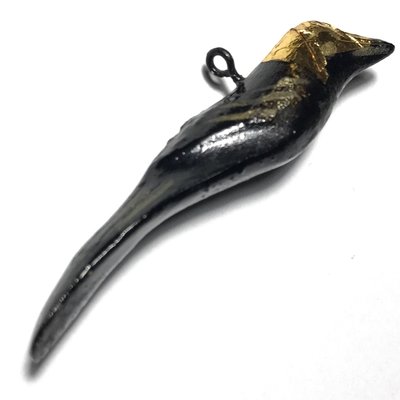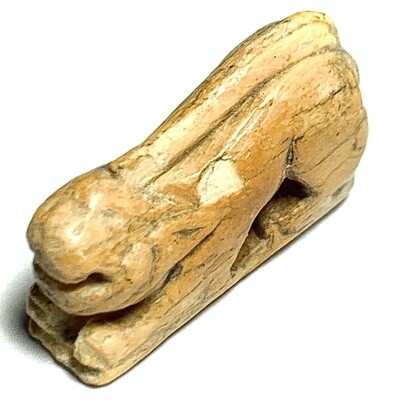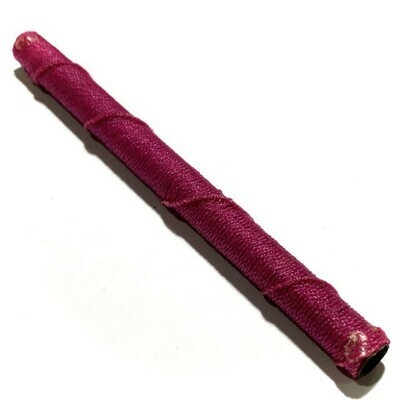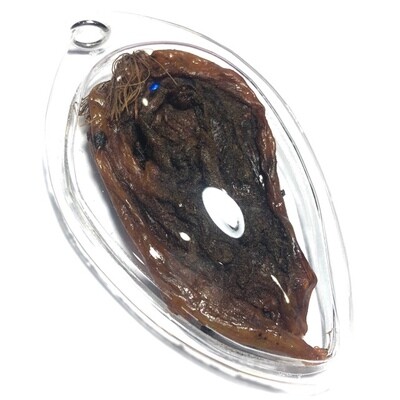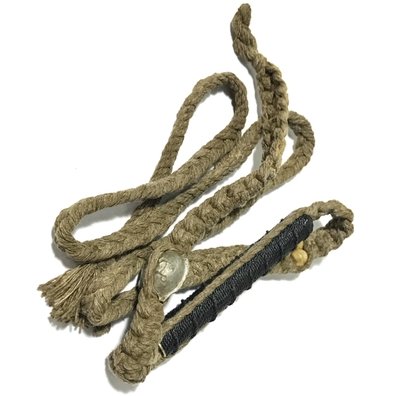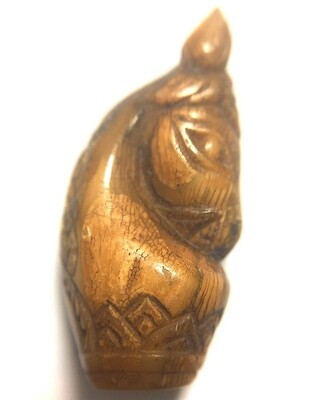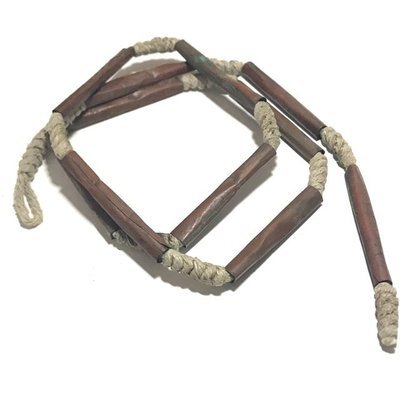Presenting a tiny but powerful and rare classic amulet from one of the Great Khao Or Masters of the 20th Century, Rian Glom Lek Hlang Chedi 2505 BE Nuea Tong Daeng Miniature Guru Monk Coin Por Tan Klai Wajasit
This Sacred amulet of the Great Khao Or Master of Nakorn Sri Tammarat, Master of Wat San Khan and Wat Pratat Noi, is a very rare amulet from Por Tan Klai’s 2505 BE Blessing Ceremony Edition, and is considered a ‘Jaek mae Krua’ type amulet (meaning ‘give to the kitchen maids and temple helpers’), which is suitable not only for men, but due to its miniature size, a perfect amulet for ladies or children to wear.

Rian Glom Lek 2505 BE Por Tan Klai Wajasit Wat Suan Khan
The 2505 BE edition of amulets of Por Tan Klai, is a highly preferred edition, which saw his famous ‘Rian Glom’ round Monk coin amulet with Chakra released, The Rian Glom Lek Hlang Chedi, and the Roop Tai Por Tan Klai Guru Monk Blesséd Photographamulets such as look om chan hmak and ya sen tobacco balls, and sacred powder amulets of various models.
A very rare and highly prized amulet for the devotees of Por Tan Klai to associate with his image and pray to him with a blessed image of the Guru, and the Chedi Relic Stupa on rear face for Buddhanussati and Marananussati. A powerful and Sacred amulet which has passed through the hands of the Guru and been blessed by him.
Por Tan Klai was one of the Top Guru Master Monks of the Last Century, and is considered one of the Four Great Masters of the Previous Generation of Lineage Masters of the Khao Or Southern Sorcery Lineage.
Kata Bucha Por Tan Klai
Hmak Tui Thak Chueak Long Rak Magical Areca Nut 2470 BE Luang Phu Rod Wat Nai Rong
One of the less often seen and rarer of all the master-class status amulets of this master, is the Hmak Tui Enchanted Betel Areca Nut amulet, cord and lacquer coated. This exhibit is dohbly rare fo being a 'Baeb Sorng Huang', 2 ringed version of the World Famous Hmak Tui of Luang Phu Rod, of Wat Nai Rong. Luang Phu Rod was known to be one of the top Masters i History for his Bia Gae and Hmak Tui amulets. The Bia Gae of LP Rod is one of the legendary Ancient Talismanic Charms of Historical fame, and classed as one of the members of the 'Benjapakee' Top 5 Bia Gae amulets of all time.

This amulet has the option of Free Waterproof Casing or Solid Gold Custom Casing, but we recommend leaving it in its original state, and also advise that if you choose Gold Casing, due to the large size of the amulet, the price would be relatively high for the quantity of gold needed. The Hmak Tui is made from an Areca Nut from a tree that died under sorcerous circumstances (Dtaay prai), and must be processed through a long series of occult methods, and covered in Krang Putsa paste, covered with a paper Yantra spell, and lacquered, and is imbued with Kong Grapan Klaew Klaad and Anti Black Magic power.The Betel Areca tree is known to be very resilient and does not die easily, so when one dies with no apparent cause, this is considered to have fruits that are magical and powerful.
There are many famous masters with powerful Wicha Bia Gae, but few tih the Wicha Hmak Tui but it can be said by most, that the two most famous and powerful of all Bia Gae and Hmak Tui are believed to be the Bia Gae of Luang Phu Bun (Wat Klang Bang Gaew) and the Bia Gae Luang Phu Rod (Wat Nai Rong) who was also famous for His Hmak Tui, along with Luang Por Tong, Jao Khun Pon, and Luang Por Iam, also famous for Hmak Tui.
Ongk Kroo Masterpiece Version th. The great Luang Phu Juea Biyasilo of Wat Klang Bang Gaew also applied the Wicha of both Luang Phu Bun and Luang Phu Rod with his famous Bia Gae, which is a testament to the power of the two top Masters.
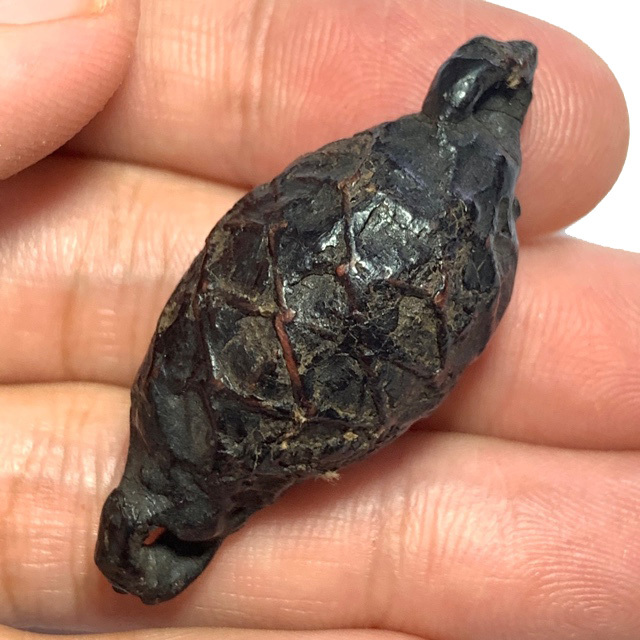
Wat Nai Rong is an ancient Buddhist Temple which was constructed during the time of His Majesty Somdej Pra Jom Glao Jao Yoo Hua Rama 4 of the Chakri Dynasty. The temple is located in the municipality of Bamhru in Bangkok Noi. In olden days it stood in the middle of pastures and fields on the borders of the Thonburi Municipality. It was situated very close to the temples of Wat Bang Bamhru and Wat Khee Hlek. All 3 temples were highly revered as ancient temples of the late Ayuttaya Era.
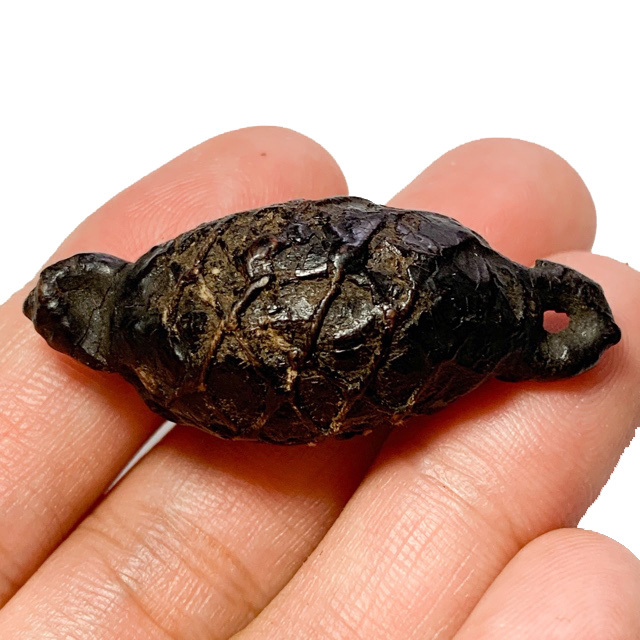
Luang Phu Rod of Wat Nai Rong has little recorded history about his biographical details, apart from what has been retold by agéd members of his devotees in olden days. He was highly renowned for his Wicha Bia Gae Cowry Shell amulets, and Hmak Tui.
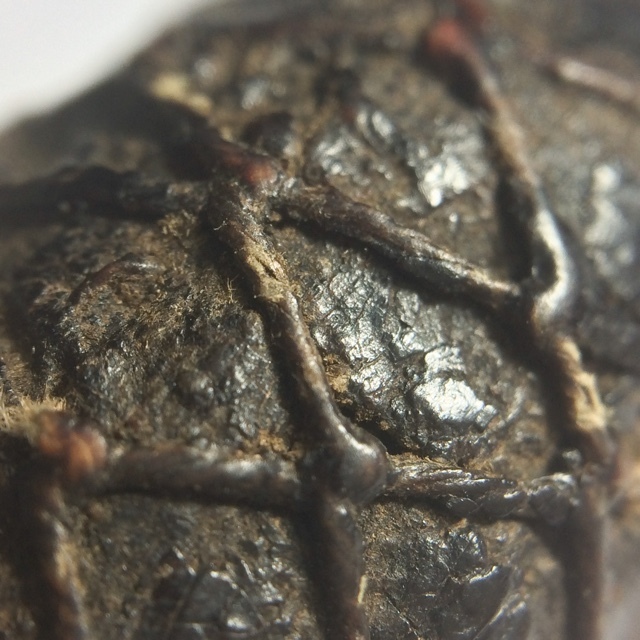
He remained practicing diligently for many years at Wat Ngern, until he became highly adept in his self control and austerities. He then moved to practice at Wat Nai Rong, where after some years, he was asked to accept the position and duties of Jao Awaas (Abbot) of the temple.
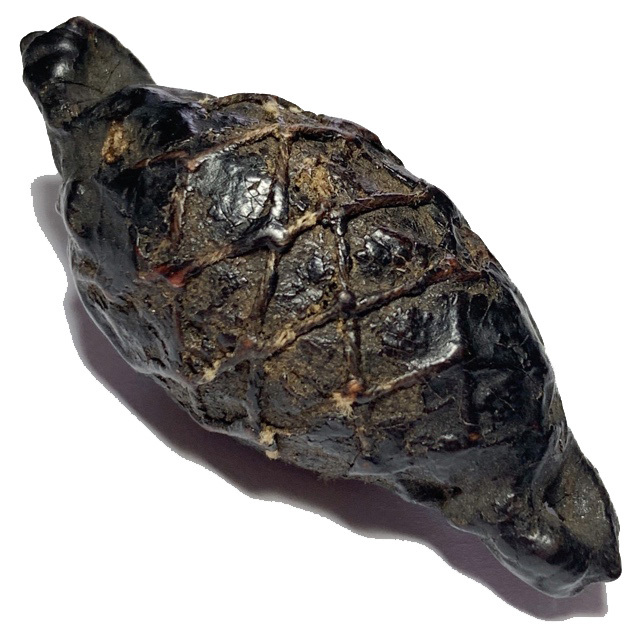
Luang Phu Rod mastered the Wicha Bia Gae of his Mentor and eventually surpassed him with his ability to empower the Bia Gae with Puttakom Power. Luang Phu Rod was one of two monks apprenticed to Luang Phu Khaek, the other being Luang Phu Chay, who later became abbot of Wat Bang Bamhru after the passing of Luang Phu Khaek.
The amulets of Luang Phu Rod were various, but consisted mainly of hand made Talismanic Charms such as Takrut, Pha Yant, Prajiad Cloth rings and armbands (Pirod), and of course his most famous amulet of all, the Bia Gae, Hmak Tui and Chan Hmak Betel-Areca Nut amulet.
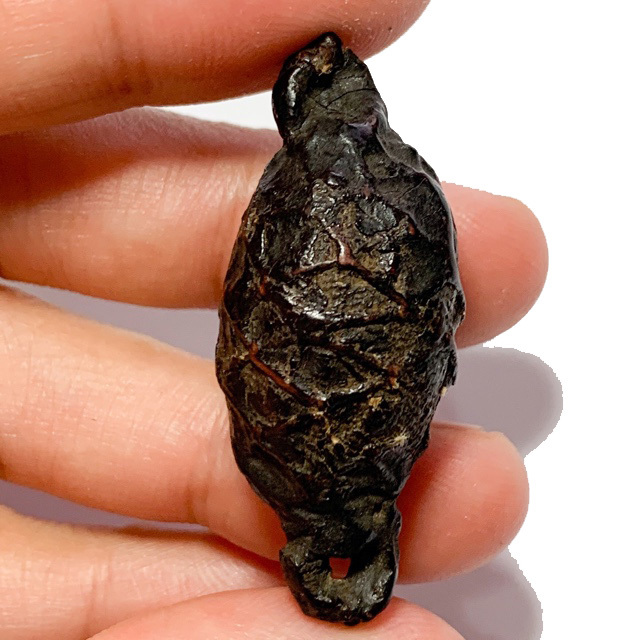
The method of creation and empowerment of the Bia Gae of Luang Phu Rod which is so rare and highly sought after in the4 present day, had a complex method of magical empowerment. Firstly, the Cowry shell used must be of the type with the 'Akarn 32' present within its appearance. This means that the mouth opf the cowry shell must have 32 teeth, with 16 teeth either side. any other number of teeth does not fulfil the Wicha Bia Gae of Luang Phu Rod inherited from Luang Phu Khaek.
The back of the cowrie shell must also have a natural pattern which resembles the sacred Na Bad Dtalord Yantra spell on it. The pattern must extend from one end of the Bia Gae to the other. Luang Phu Rod would only accept this kind of Bia Gae shell from his devotees, and would send them far afield to seek and find cowrie shells with these specific characteristics
Luang Phu Rod would take the Bia Gae shells and fill them with Parort Mercurial admixture. Parort mercurial alchemical liquid metal is a sacred substance in Thai Buddha Magic, which is believed to possess the powers of a Kaya Siddhi Elemental Adamantine Substance (Indestructible).
The alchemical Wicha of Metallurgical alloy smelting for this type of Parort used in the Bia Gae of Luang Phu Rod came from ancient times, when Masters such as the Great Luang Phu Pu of Wat Ta Lor used mercury to smelt with Leaden Artefacts and Dee Buk (leaden silver alloy), to make Takrut and other metallic alchemy based amulets and talismans. The Parort mercurial substance was extracted using magical Ritual Invocations within haunted cemeteries, and the method of extraction is now lost to public knowledge.
It is said that Luang Phu Rod would make the Bia Gae in the night time, empowering the Parort Mercurial Substance until it would run around in the water bowl it was immersed in of its own accord. Luang Phu Rod would then perform incantations and call the Parort mercurial substance, to travel through the water towards the immersed cowry shell, and enter through the mouth of the shell, to dwell within its interior.
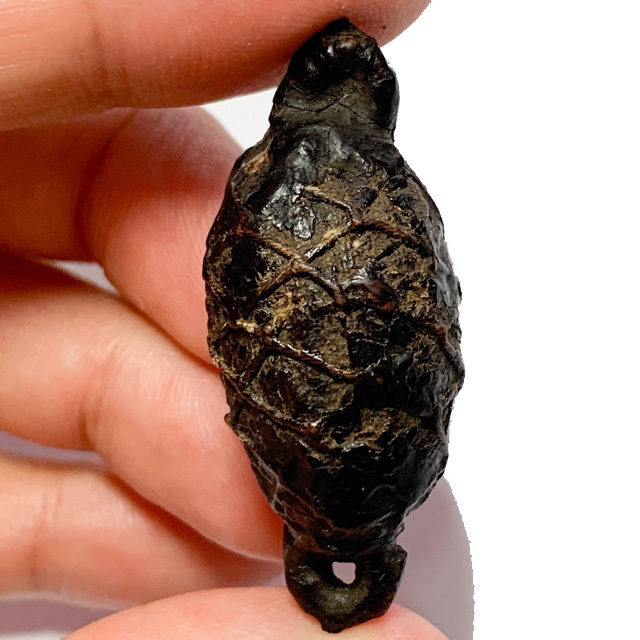
Some devotees, when receiving Bia Gae from Luang Phu, would ask him to inscribe the outer surface for them. Mostly the Bia Gae would be then be wrapped with cords by the Look Wat (younger assistant apprentice monks), and sometimes lacquered to endure the weather and passage of time.
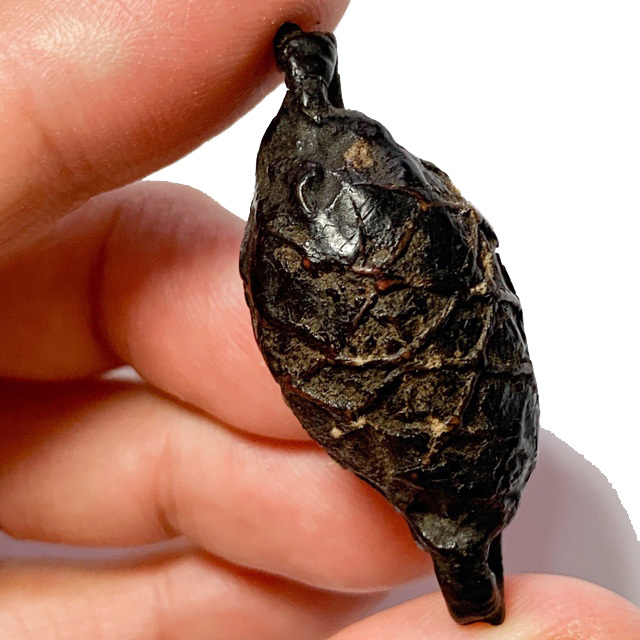
The Bia Gae of Luang Phu Rod is considered one of the most powerful amulets for protection against Black Magick, Ya Sang Poison Curses. It is a powerful tool for making Holy Water to banish ghosts and demons, and to clean inauspicious energies from any location, and to make Prayer Water for blessings of Lucky Fortunes. The Bia Gae is empowered with Maha Lap and 'Glab Raay Bpen Dee' power to change bad luck into good luck. In addition, the Bia Gae of Luang Phu Rod is world famous for its Kong Grapan Chadtri Protective Invincibility Magic.
Kata Bia Gae
Sittigijjang, Sittigammang, Sitti Gaariya Dta Dthaa Kadto Sitti Dtaecho Chayo Nijjang Sappa Sitti Bprasitti Mae
